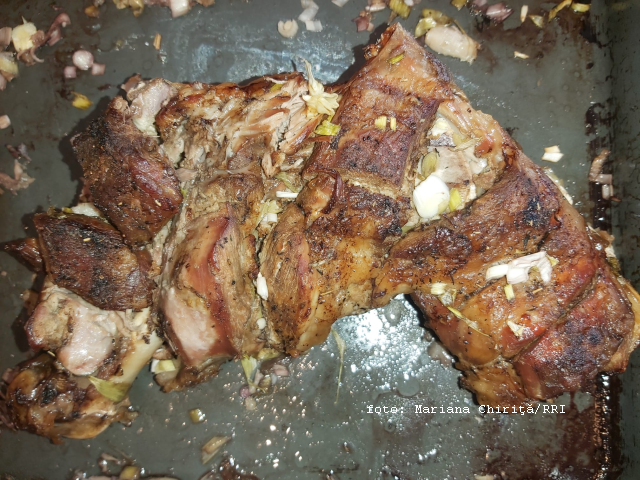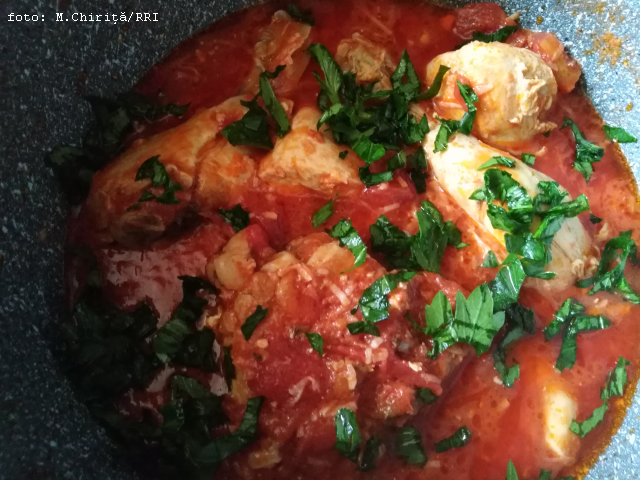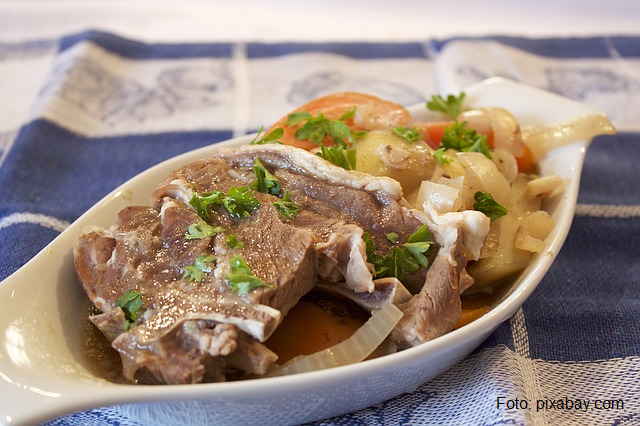The pig’s alms
Traditionally, Romanians slaughter pigs for Christmas, an event at which a special dish is served called the pig's alms.

Ștefan Baciu, 22.12.2019, 14:00
Traditionally,
rural Romanians slaughter pigs for the end of Christmas fasting on the Feast of
St. Ignatius, on December 20th. The most common preparations made at
this time and involving pork are sausages, aspic, liverwurst, semi-smoked ham,
and stuffed cabbage rolls. Some of these are to be eaten right after the end of
the fasting period, while others are for long term storage, being preserved in
various ways to be eaten throughout the year. One of the typical ways of
preserving meat is to cube it, melt it in its own fat, and then pack it in lard
into jars.
In Transylvania, where pork is eaten more than in other
areas, two pigs are slaughtered, one right before Christmas, the other after
the New Year. The slaughter ritual includes the preparation of a special dish,
served and made by the people gathered for the event. It is made as a reward
for the work they put in and is served with hot spiced plum brandy.
This dish is
made in a Dutch oven, or any cast iron pot. It is made with offal, the internal
fat of the pig, which is made into the finest lard that the swine yields. Take
rib, shoulder and leg meat, cube it, and fry it in the lard. Add some liver,
and let it brown slightly. Add some water, and leave to simmer covered. Mince
the cloves from an entire head of garlic, and throw them in. Towards the end
add some dried thyme and some red wine, and salt and pepper to taste. This
special dish is served with polenta, and you can also indulge in a glass of red
wine, which cuts a bit the fattiness of the dish. Enjoy!






























